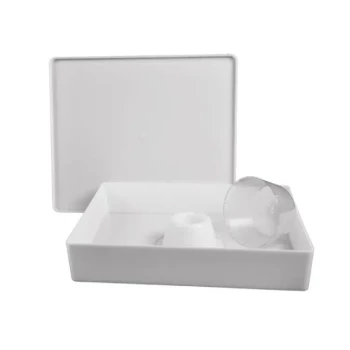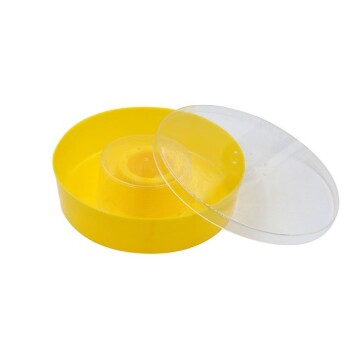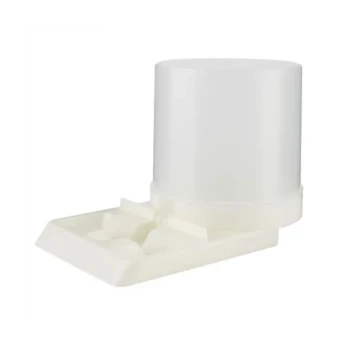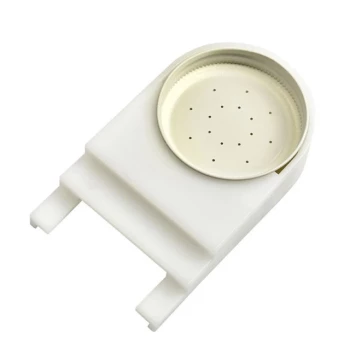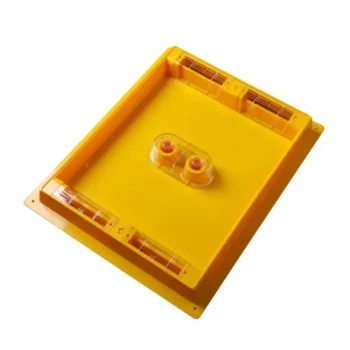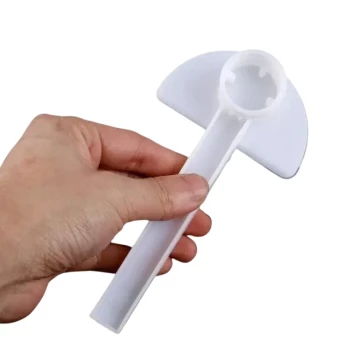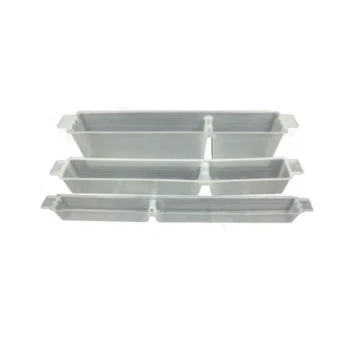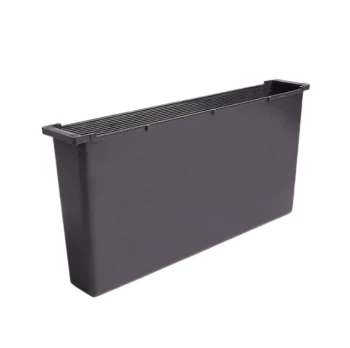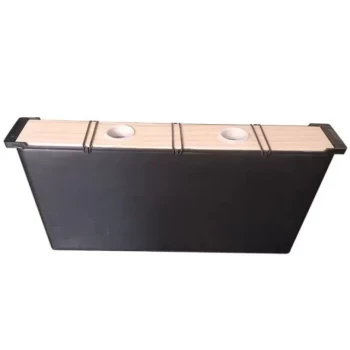Yes, you can absolutely overfeed bees with sugar syrup. While a colony will readily accept the offering, excessive feeding creates a critical imbalance within the hive. It can clog the brood nest with syrup, leaving the queen with no room to lay the eggs needed to maintain and grow the colony's population.
The core principle of feeding is to supplement, not replace, a hive's natural cycle. Overfeeding disrupts this balance by prioritizing sugar storage over brood production, which can significantly weaken or even doom a colony, especially when preparing for winter.

The Primary Risk of Overfeeding: The "Honey-Bound" Hive
When you provide a continuous, excessive source of sugar syrup, you encourage the bees to store it indiscriminately. This leads to a condition known as being "honey-bound" or, in this case, "syrup-bound."
What "Syrup-Bound" Means
Bees treat sugar syrup just like nectar. Their instinct is to store it in honeycomb cells for future use. When fed too much, they will fill any available cell, including those in the brood nest where the queen is supposed to lay eggs.
The Impact on the Queen
A queen's primary function is to lay eggs, but she cannot lay them in cells already filled with syrup. An overfed hive effectively traps the queen, drastically reducing or even halting her egg-laying activity.
The Consequence for Colony Health
Fewer eggs mean fewer new bees. This is particularly dangerous in late summer and fall when the queen should be laying "winter bees"—a generation of bees specifically adapted to survive the long, cold months. Without this population, the colony may be too small to generate enough heat and will not survive until spring.
Understanding the Trade-offs and Best Practices
Responsible feeding is a powerful tool, but it requires understanding the risks and implementing best practices to mitigate them.
The Danger of Robbing
Feeding can attract bees from other hives, leading to a frenzy called "robbing." Robber bees will attempt to steal the syrup, and the ensuing fight can decimate the weaker colony's population.
How to Prevent Robbing
Never feed in the open. All feeders should be placed inside the hive. It is also wise to feed in the evening, which reduces the time that foraging bees from other colonies are active and likely to discover the food source.
Feeder Type and Management
The type of feeder—whether an internal frame feeder, a top feeder, or a simple jar—is less important than how it's managed. Ensure feeders don't leak, and use methods that prevent bees from drowning, which reduces unnecessary losses to the colony's workforce.
Making the Right Choice for Your Goal
The decision to feed should always be based on a specific goal for the hive. It is a targeted intervention, not a routine chore.
- If your primary focus is establishing a new colony: Feed a light (1:1) syrup continuously until the bees have built out comb on all the frames in their first brood box.
- If your primary focus is preparing for winter: Feed a heavy (2:1) syrup only after the final honey harvest, checking hive weight to ensure they have enough stores without completely filling the brood nest.
- If your primary focus is supporting a colony during a nectar shortage: Feed in measured amounts, checking the hive weekly to ensure you are not inadvertently limiting the queen's laying space.
Ultimately, successful feeding is a balancing act that supports the hive's natural instincts, rather than overwhelming them.
Summary Table:
| Feeding Goal | Recommended Syrup Ratio | Key Consideration |
|---|---|---|
| Establishing a New Colony | 1:1 (Sugar:Water) | Feed continuously until first brood box is drawn out. |
| Preparing for Winter | 2:1 (Sugar:Water) | Feed after honey harvest; monitor hive weight to avoid filling brood nest. |
| Nectar Dearth Support | 1:1 or 2:1 | Feed in measured amounts; check weekly to ensure queen has space to lay. |
Ensure your apiary thrives with the right equipment and knowledge.
Overfeeding is just one challenge in modern beekeeping. Equip your commercial operation or distribution business with the reliable, high-volume supplies needed for success. HONESTBEE provides commercial apiaries and beekeeping equipment distributors with durable, wholesale-focused equipment—from internal feeders to full hive systems—designed to support healthy, productive colonies.
Contact HONESTBEE today for wholesale pricing and expert support tailored to large-scale beekeeping needs.
Visual Guide
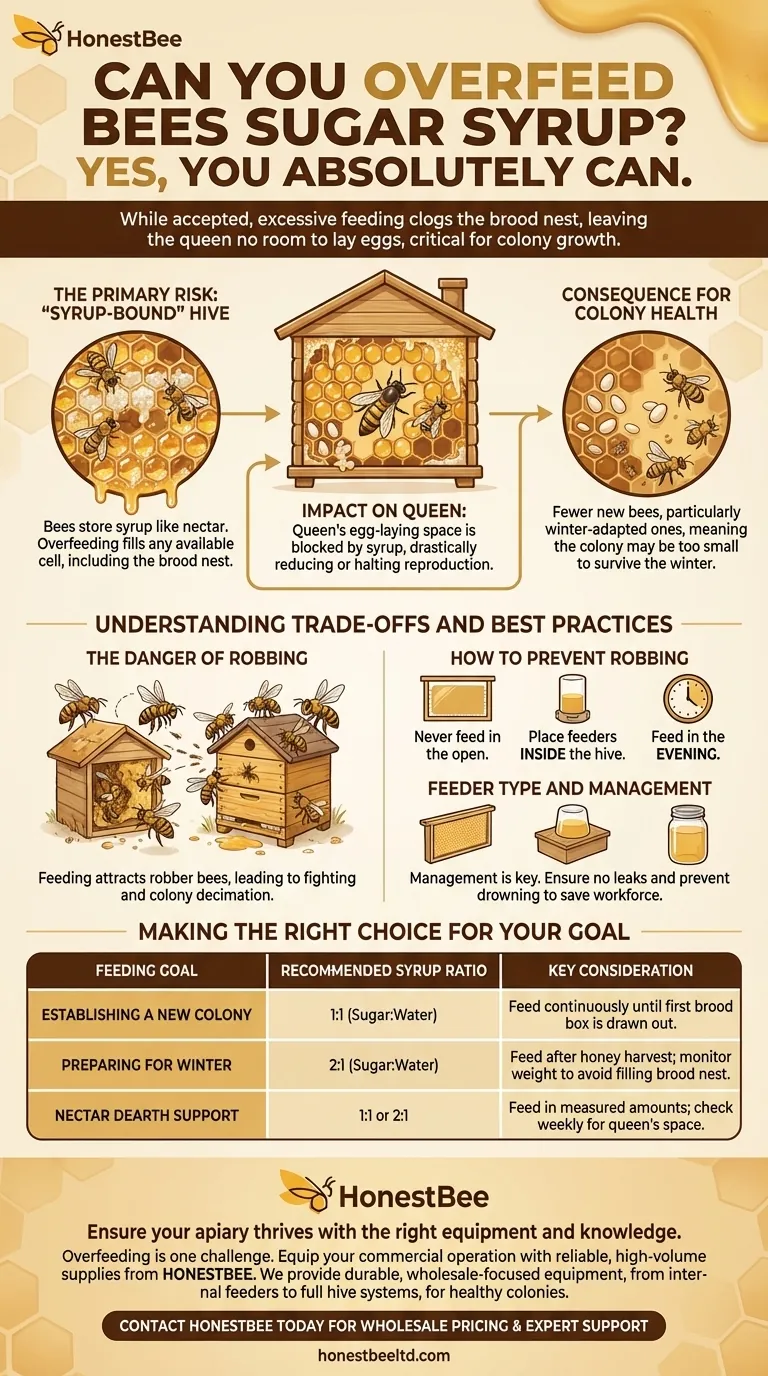
Related Products
- HONESTBEE Professional Hive Top Bee Feeder Feeding Solution
- HONESTBEE Round Hive Top Bee Feeder for Syrup
- HONESTBEE Entrance Bee Feeder Professional Hive Nutrition Solution for Beekeeping
- HONESTBEE Advanced Ergonomic Stainless Steel Hive Tool for Beekeeping
- Rapid Bee Feeder White Plastic 2L Round Top Feeder for 8 or 10-Frame Bee Hives
People Also Ask
- How is the plywood floor fitted into the hive-top feeder? Ensure Longevity with a Floating Floor Design
- Do I need an inner cover with a hive top feeder? Optimize Your Hive Setup for Healthy Bees
- What are the advantages of hive top feeders? Maximize Feeding Efficiency for Your Apiary
- What features make top feeders a reliable choice for beekeepers? A Guide to Safe, Efficient Hive Nutrition
- What is the best way to top feed bees? A Safe, High-Volume Feeding Solution for Your Apiary
